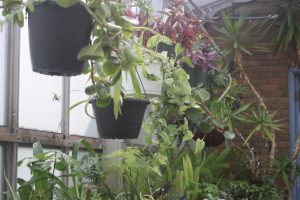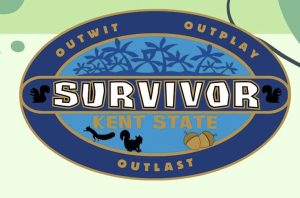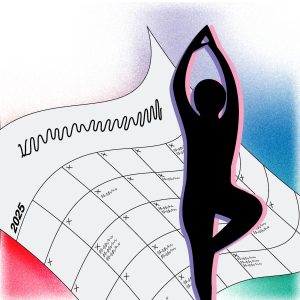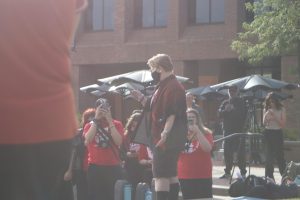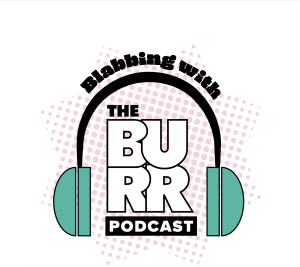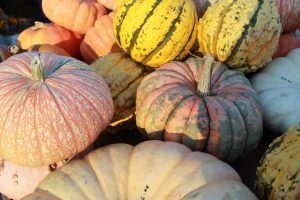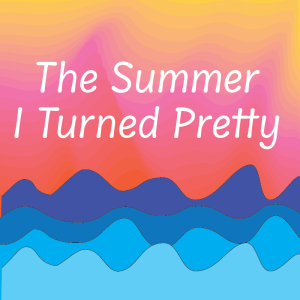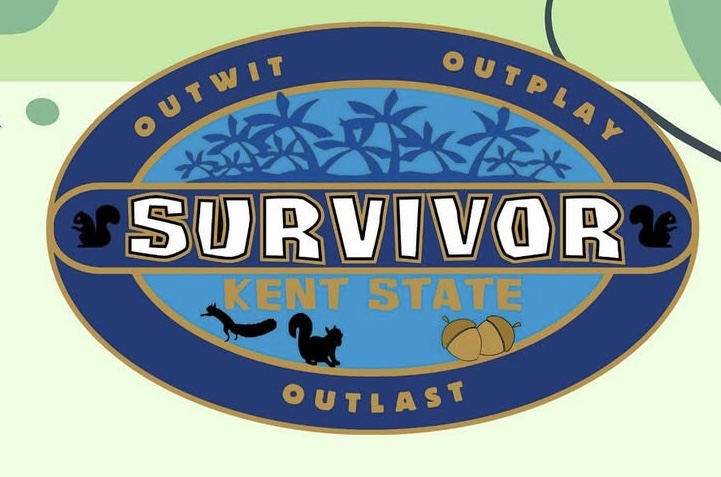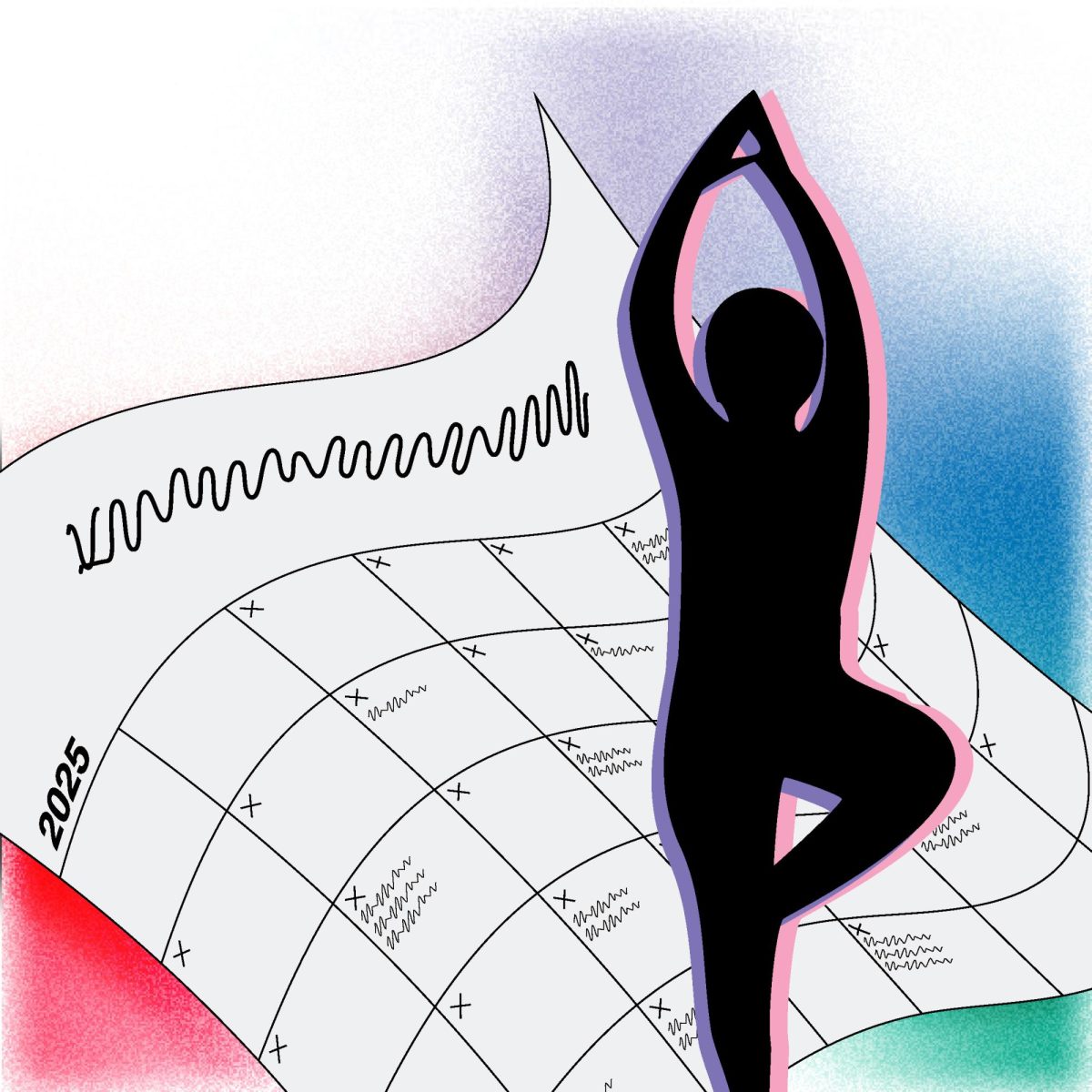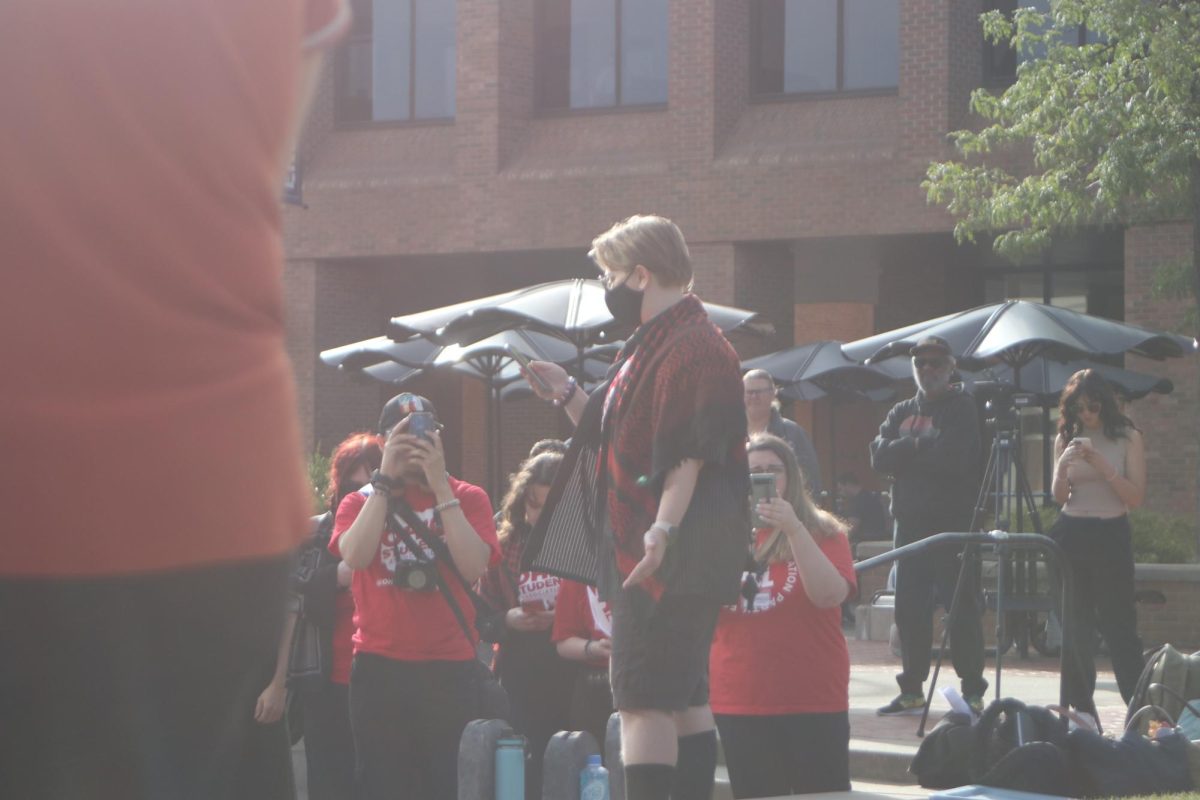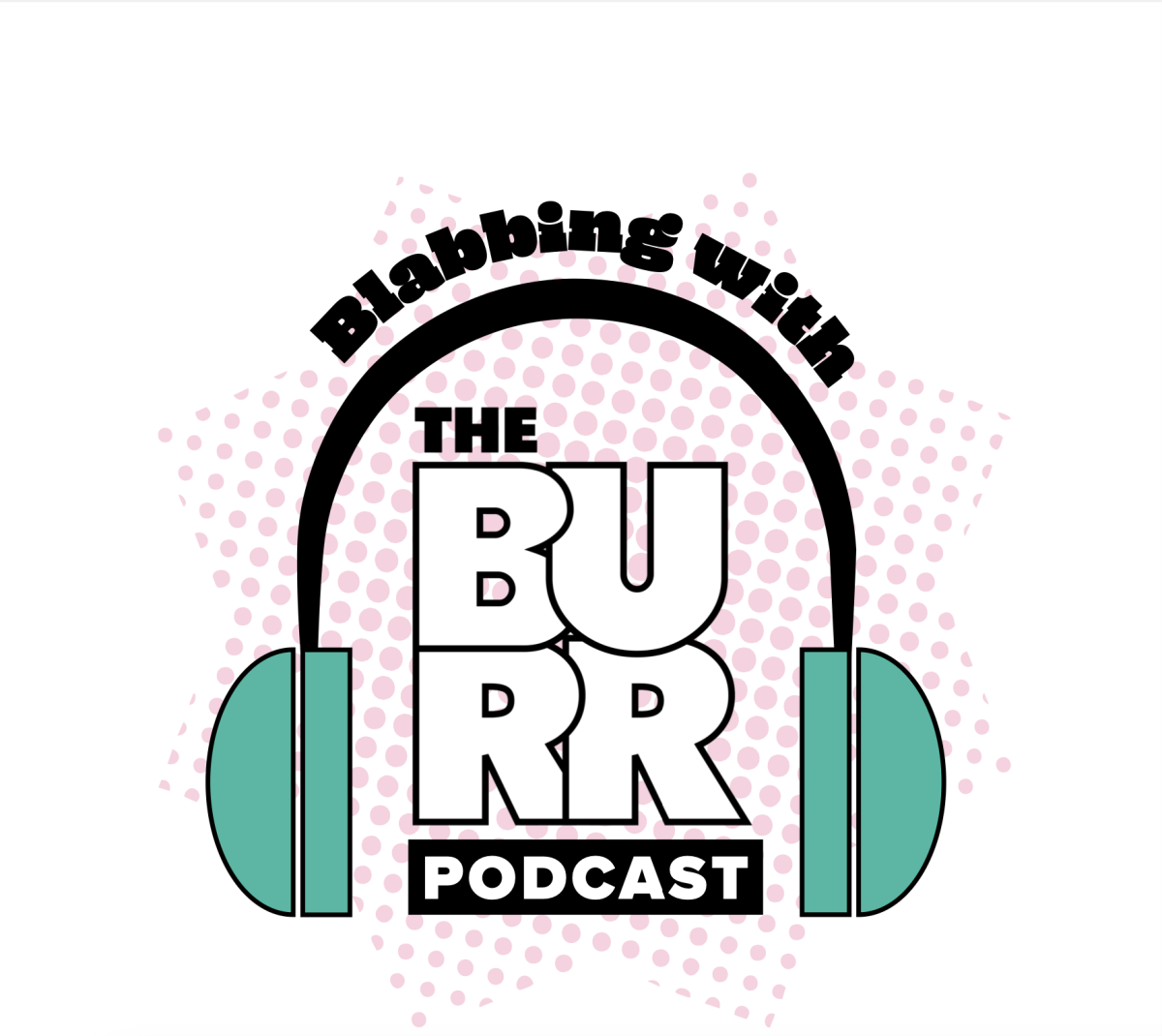The Herrick Conservatory is a large greenhouse connected to the north side of Cunningham Hall and is named in honor of Art and Margaret Herrick, emeritus faculty members at Kent State.
“Dr. [Art] Herrick was a true mentor of many of ours,” says Melissa Davis, senior horticultural facilities director. “He gave much of his knowledge and time, as well as endowment funds, to support both research and this facility, as well as plant science here at Kent State.”
According to Davis, the original structure of the greenhouse, which has eight different and unique zones, was originally built in the late 1960s, and it has undergone many repairs since then.
“In 2017, we took the initiative to redo the entire greenhouse, so we did a complete refurbishment of the original structures,” Davis says. “We implemented environmental control systems, which open and close the vent around specific setpoints, helping with the cooling and heating features of the greenhouse.”
In addition to the computerized ventilation system, the greenhouse also underwent electrical work, got new lighting, a reglazing and even new windows.
“The original glass that was on the structure had cracked in several places and had been missing some panes. So, we went with this beautiful polycarbonate, which is a double-walled glazing material that’s used in many greenhouse structures,” Davis explains. “It’s much safer than glass, you can imagine, because it does not break and it also offers a diffusion of the light. The light is much more gentle as it comes through the diffused pane.”
In 2018, the greenhouse implemented a brand-new research section, adjacent to the original building. This is where David Ward, professor and Herrick chair, does his research, Davis says.
Research is also conducted in the eastern portion of the Herrick Conservatory, where faculty members can do their own private research.
“Those areas are closed to the public,” Davis says. “But, you can peek in the windows and see all of the wonderful research implant science that is going on here in the facility.”
In addition to research, the Herrick Conservatory is a part of Kent State’s Department of Biological Sciences and functions as a place to hold classes, outreach programming and escape the cold northeast Ohio winters.
“When we have cold winters, the conservatory is summer all year long,” Davis says. “So it’s a wonderful place where students can come, sit, relax, study or even get involved through opportunities and through volunteering.”
Biology students aren’t the only students who benefit from the greenhouse. Charles Malone, professor and assistant director at the Kent State Wick Poetry Center, frequently takes his poetry classes to the greenhouse to study.
“In general, campus has a lot of unique resources that don’t get taken advantage of as much as they should,” Malone says. “To be in a green space can really spark some positive feelings and interactions — finding things that can con
nect us to our writing, things that can unlock us, while also attending to the world that poetry and science have together.”
Malone says that visiting the Herrick Conservatory has had a noticeable positive impact on his students and has inspired them to write works of poetry that might otherwise not exist.
“There was something about what got each person’s attention, about the plants they chose, about their personal associations with it, some association clicked that couldn’t have clicked if we hadn’t gone to that physical space,” he explains. “And that’s where the magic of creativity comes from. If we can encourage those kinds of connections, really cool things happen.”
Students who visit the conservatory can check out all the different kinds of plants the greenhouse has to offer, such as the giant rubber tree (also known as the ficus elastica), strawberry guava tree, rainbow eucalyptus tree, bird of paradise plants, several different kinds of orchids and even a coco tree, which has been with the conservatory for over a decade and is still growing.
There are also several animals that live at the conservatory, such as koi fish, feeder fish, turtles and some xenopus, otherwise known as African clawed frogs.
“They are part of a former research project,” Davis explains. “Over eight years ago, one of the members from Harlem College who had been doing a study on them had completed their study and decided to see if someone would house them, and so we’ve been housing them since that time.”
The Herrick Conservatory is open to the public Monday through Friday from 9 a.m. to 5 p.m., but Davis recommends that students stop by between 11 a.m. and 2 p.m., as those hours are more ideal.
“Sometimes, there are tasks going on in the morning, such as watering, irrigation and plant care,” Davis explains. “After 11, the conservatory is open for just visitors to come in and look around and enjoy the facility.”
For students who’d like to get involved, the facility also has volunteer opportunities where st
udents can come and help with the upkeep and management of the greenhouse.
“On Fridays, between the hours of 11 and 3, we have open volunteer hours where anyone can come in and enjoy the greenhouse, but also help with some of the work that we do,” Davis says. “Each year, at the beginning of spring, we look for many of our volunteers to come in to help us plant seeds for our annual plant event, which is a fundraising opportunity for student organizations and supports our foundation, which helps to support the programming here at the conservatory.”
Rebekah Hiles is a web writer. Contact her at [email protected].

